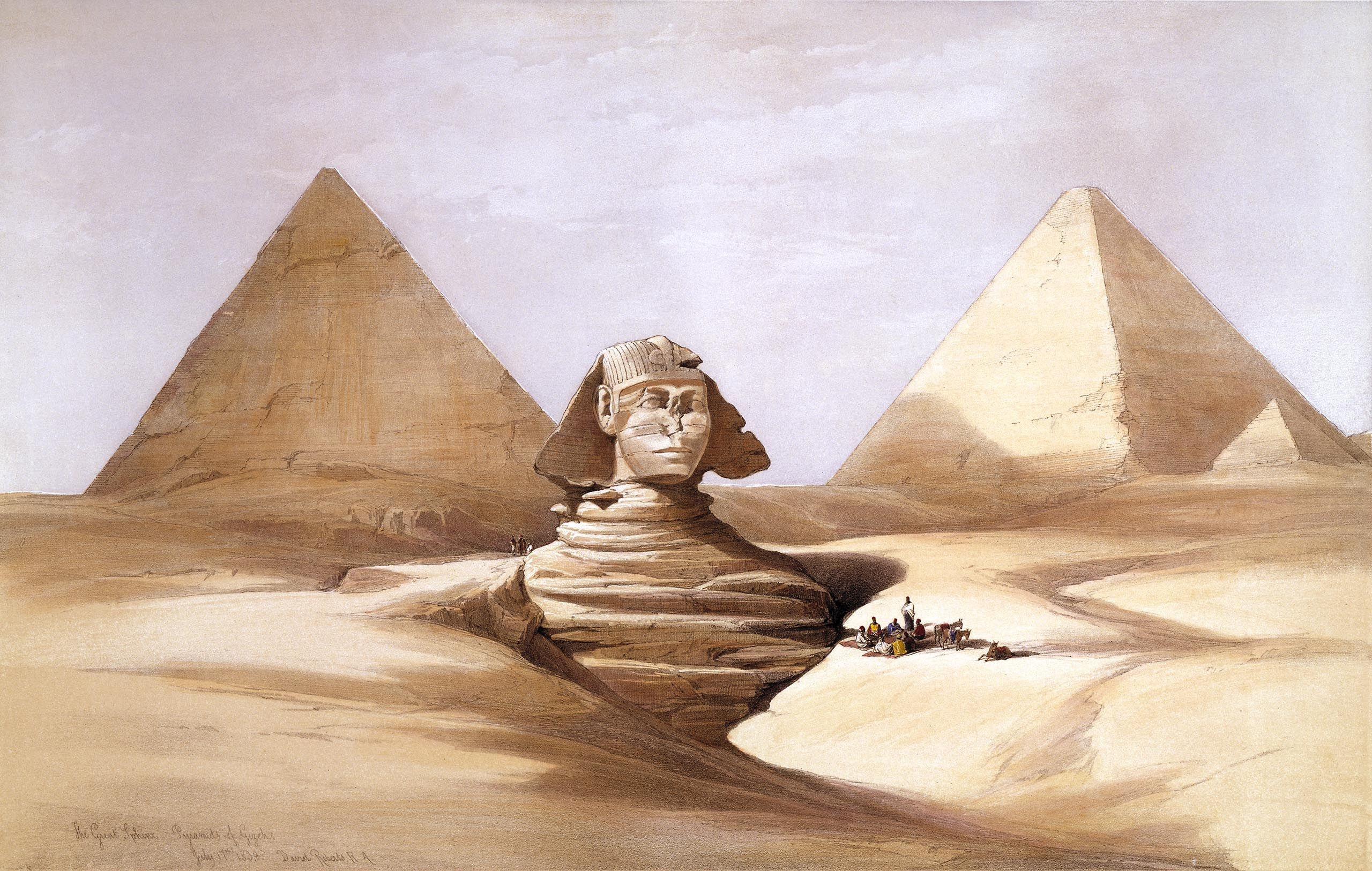A new window in time has been made possible through the work of Anne L’Hullier, Pierre Agostini, and Ferenc Krausz. They developed a way to create attosecond-resolved pulses, allowing them to observe and manipulate high-speed processes at the atomic and molecular levels.
Explaining the Nobel Prize in Physics
Related Posts
The Reality of Pseudoarchaeology
The video introduces the concept of pseudoarchaeology and its implications, explaining how pseudoarchaeological ideas, often based on misinterpreted…
August 31, 2024
Why Physicists Built an Experiment the Size of a Sea
Deep beneath the Mediterranean, a massive neutrino detector has captured a particle so energetic it could rewrite our fundamental understanding of the cosmos.
July 5, 2025
Scientists Successfully Grow Dolomite in Lab, Solving Geology Mystery
At a Glance Researchers from the University of Michigan and Hokkaido University have successfully grown dolomite, a common…
December 4, 2023
The surprising role cheese played in human evolution
shutterstock Penny Bickle, University of York A solid white mass found in a broken jar in an Ancient…
December 26, 2022











